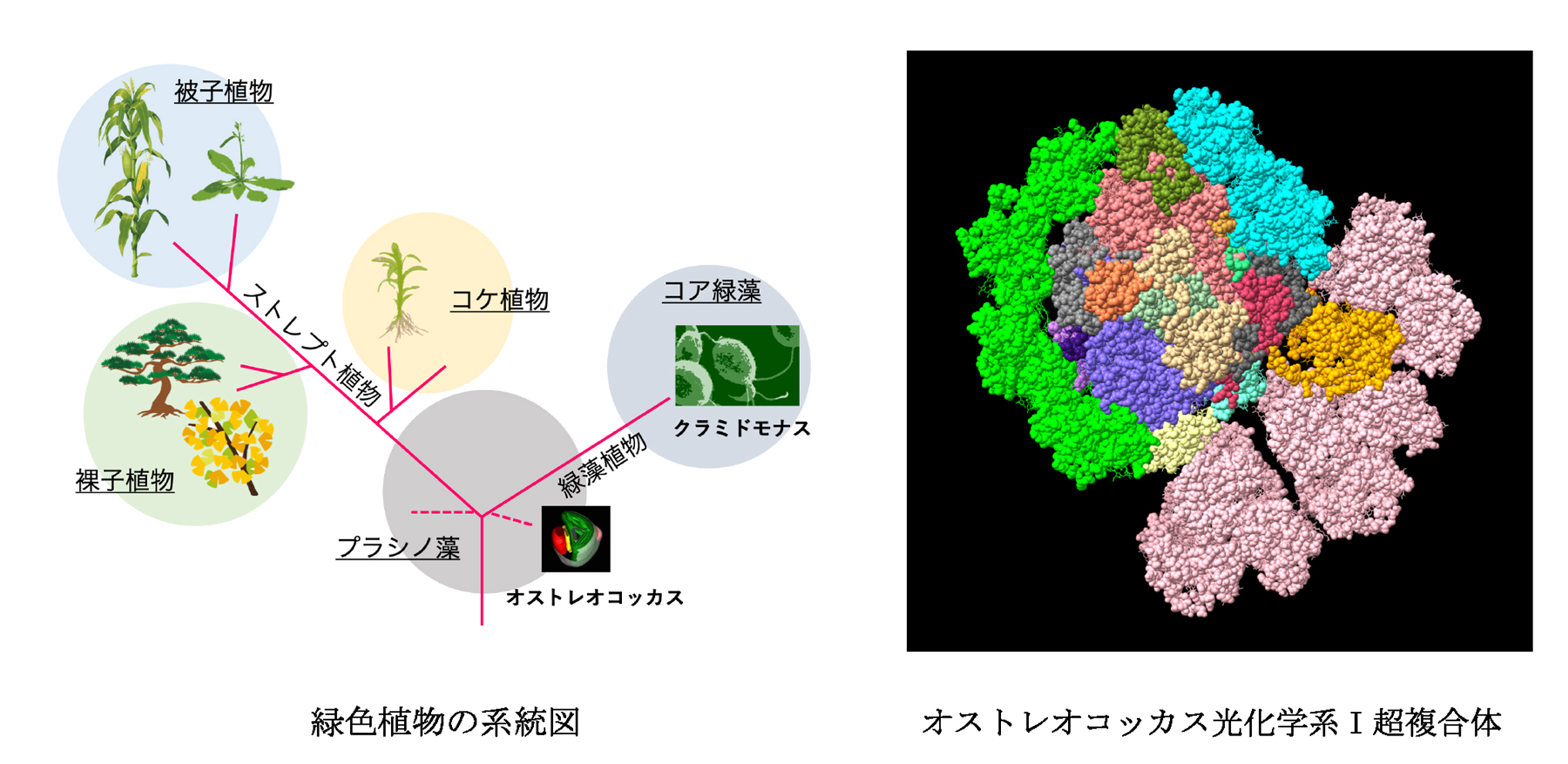カリフォルニア大学サンディエゴ校の研究者が、肝臓がんに関連するタンパク質が、実は肝臓がんを予防する鍵になる可能性を発見 UC San Diego scientists find protein associated with liver cancer may actually be key to protecting against it
2023-04-12 カリフォルニア大学サンディエゴ校(UCSD)
新しい研究では、肝臓のストレス応答の重要な中間体である活性化転写因子4(ATF4)が、肝細胞の死を防ぎ、がん形成を遅らせることが示されました。ATF4は、肝臓のホメオスタシスを維持するの発現を促進し、鉄依存性の細胞死であるフェロプトーシスを抑制することで、肝細胞を保護します。ATF4活性化剤やフェロプトーシス阻害剤が、肝疾患やがんの予防に役立つ可能性があります。
<関連情報>
- https://today.ucsd.edu/story/new-study-flips-the-script-on-liver-cancer
- https://www.journal-of-hepatology.eu/article/S0168-8278(23)00193-9/fulltext
ATF4がSLC7A11(xCT)を誘導してストレス関連フェロプトーシスを阻害することにより肝発癌を抑制する ATF4 suppresses hepatocarcinogenesis by inducing SLC7A11 (xCT) to block stress-related ferroptosis
Feng He,Peng Zhang,Junlai Liu,Ruolei Wang,Randal J Kaufman,Benjamin C Yaden,Michael Karin
Journal of Hepatology Published:March 28, 2023
DOI:https://doi.org/10.1016/j.jhep.2023.03.016

Highlights
•ER and metabolic stresses activate ATF4, which induces SLC7A11 expression.
•The ATF4-SLC7A11 axis controls glutathione metabolism and ferroptosis.
•ATF4 deficiency potentiates stress-induced ferroptosis and liver tumorigenesis.
•Ectopic SLC7A11 abrogates ATF4 ablation-potentiated liver tumorigenesis.
•ATF4 and SLC7A11 positively correlate in human HCC and NASH patients.
Abstract
Background & Aims
Hepatocellular carcinoma (HCC), a leading cause of cancer death, is associated with viral hepatitis, non-alcoholic and alcoholic steatohepatitis (NASH, ASH), all of which trigger endoplasmic reticulum (ER) stress, hepatocyte death, inflammation, and compensatory proliferation. Using ER stress-prone MUP-uPA mice, we established that ER stress and hypernutrition cooperate to cause NASH and HCC, but the contribution of individual stress effectors, such as ATF4, to HCC and their underlying mechanisms of action remained unknown.
Methods
Hepatocyte-specific ATF4 deficient MUP-uPA mice (MUP-uPA/Atf4Δhep) and control MUP-uPA/Atf4F/F mice were fed high fat diet (HFD) to induce NASH-induced HCC, and Atf4F/F and Atf4Δhep mice were injected with diethylnitrosamine (DEN) to model carcinogen-induced HCC. Histological, biochemical, and RNA sequencing analyses were performed to identify and define the role of ATF4-induced SLC7A11 expression in hepatocarcinogenesis. Reconstitution of SLC7A11 in ATF4-deficient primary hepatocytes and mouse livers was used to study its effects on ferroptosis and HCC development.
Results
Hepatocyte ATF4 ablation inhibited hepatosteatosis, but increased susceptibility to ferroptosis, resulting in accelerated HCC development. Although ATF4 activates numerous genes, ferroptosis susceptibility and hepatocarcinogenesis were reversed by ectopic expression of a single ATF4 target, Slc7a11, coding for a subunit of the cystine-glutamate antiporter xCT, which is needed for glutathione (GSH) synthesis. A ferroptosis inhibitor also reduced liver damage and inflammation. ATF4 and SLC7A11 amounts were positively correlated in human HCC and livers of NASH patients.
Conclusions
Despite ATF4 being upregulated in established HCC, it serves an important protective function in normal hepatocytes. By maintaining glutathione production ATF4 inhibits ferroptosis-dependent inflammatory cell death, which is known to promote compensatory proliferation and hepatocarcinogenesis. Ferroptosis inhibitors or ATF4 activators may also blunt HCC onset.


